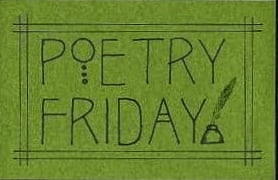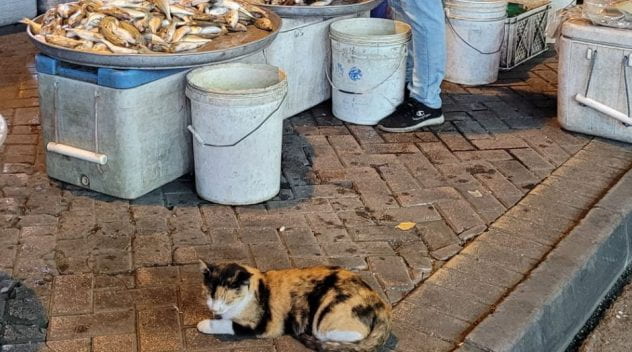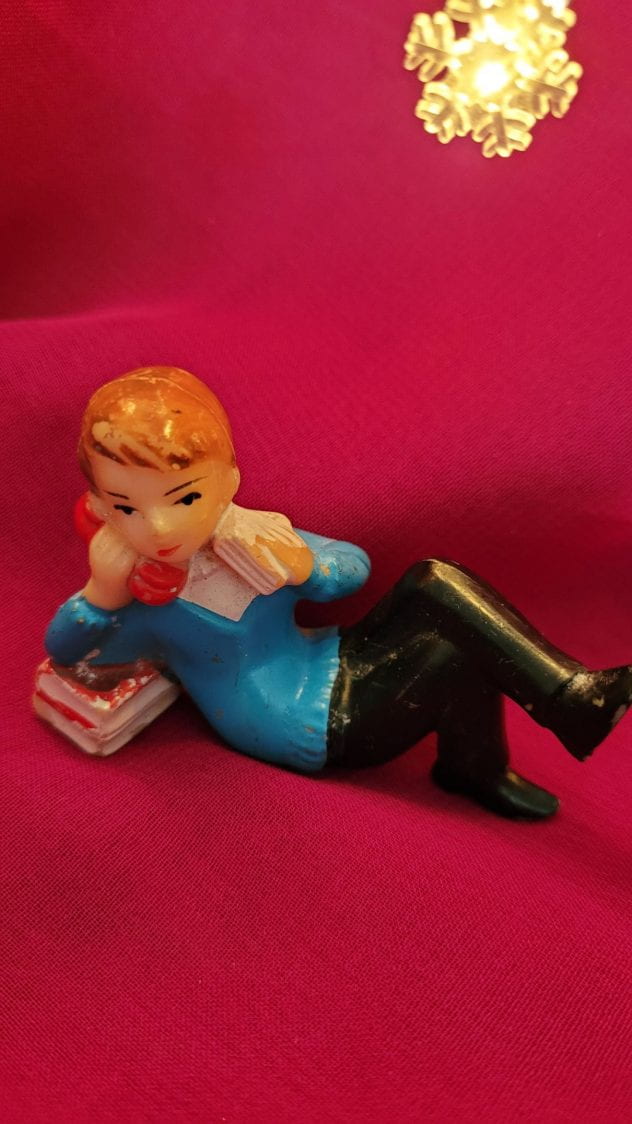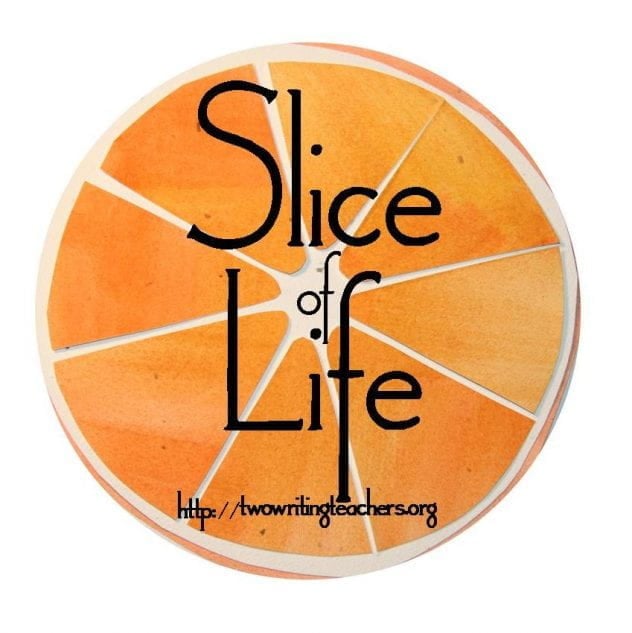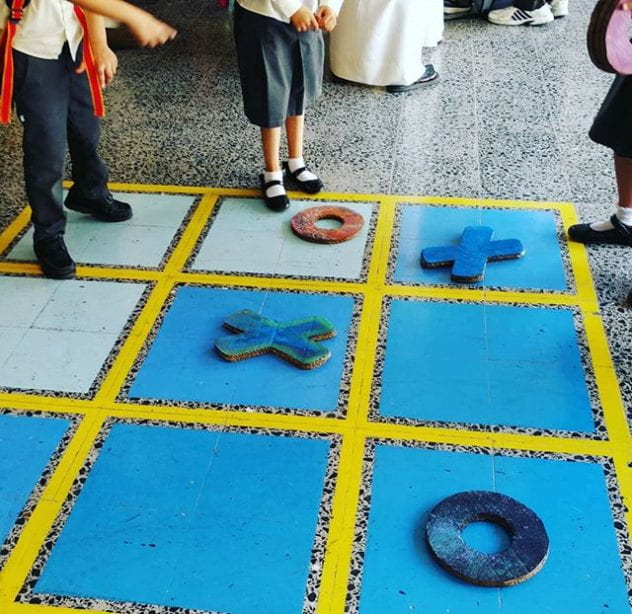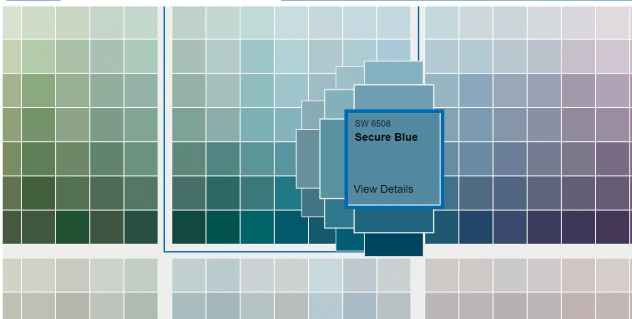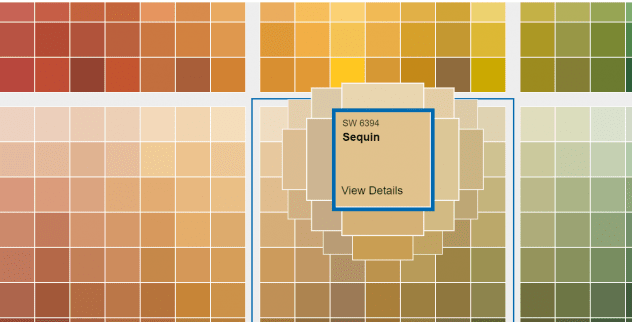Bridget Magee‘s sweet story about Mimi on “Career Day” brought back lots of memories for me, memories of challenging students that I didn’t fully appreciate. Educators often find it easier to reward the compliant above the renegade,
the pliant above the protestor,
the submissive above the stand-aloner,
the docile above the defector,
the faithful above the fighter,
the agreeable above the agitator,
the answerer above the questioner.
What would our world be like without that second group of believers? I’ve been thinking about the Mimi’s in my life today, often ones whose gifts and talents aren’t fully appreciated in school as we know it. I wrote a small poem about Mimi today.
Big Imagination
Sometimes students are smarter
than their teachers,
Captivating and creative,
Free and flashy.
Students like pre-SNL
eight-year-olds
Amy, Tina, Aidy and Kate before her,
Mimi knows something
most others in the room
have yet to learn:
She can make a mark
Create a splash
Fling a spark
She knows how to
plant a seed
and reap a harvest,
To charm and quiet the powerful
Thank you, Bridget, for the inspiration today.
Yesterday I wrote another poem about imagination for the feature that Margaret Simon writes at her Reflections on the Teche blog: “This Photo Wants to Be a Poem” (Click that last link to see the photo we wrote about). I wrote a limerick about this sweet girl intent on her imaginative play.
There once was a girl full of dreams
Creating play magic, she beams
Colors everywhere
Her actions declare
The joy of keen-eyed extremes
However, I can’t seem to get a last line that I’m happy with. I started to retool it to:
“New joy in the journey redeemed” – maybe in a nod to easing Covid restrictions, but that isn’t clear in that line. Or “Her life: a crucial course in STEAM” (science, technology, engineering, art, math). Other last lines are eluding me, though there are a few good possibilities: team, stream, scheme, theme, seem, supreme, esteem, sunbeam.
But then I went back to the original post and saw that Janet, the photographer and grandmother of the subject, wrote a positive comment about her granddaughter’s extremes:
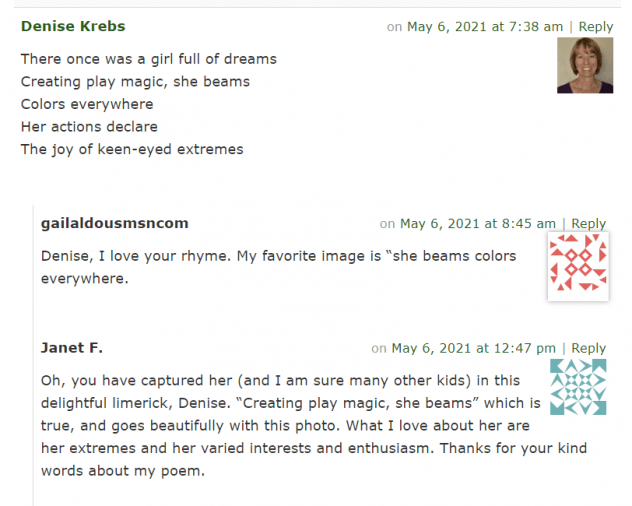
So I kept the original so far, but I’m not satisfied. I am rarely convinced to call something a final draft. I’m always tinkering on revisions, so to all the poets who may be reading today:
Do you have a suggestion for that last line?
